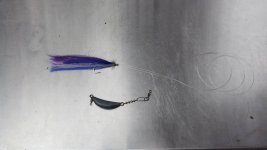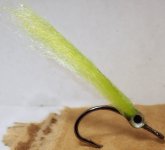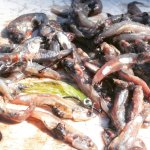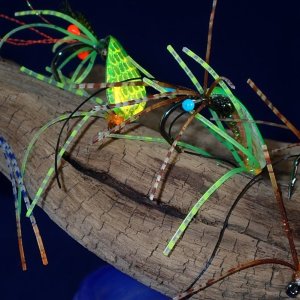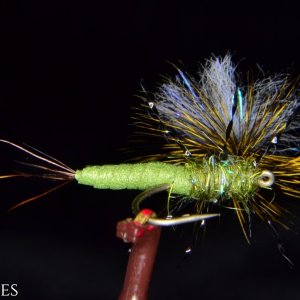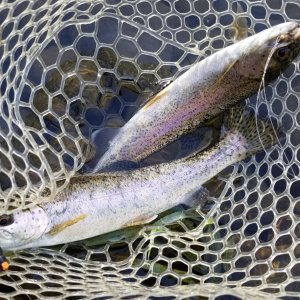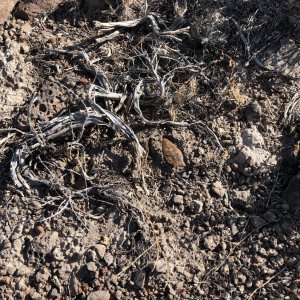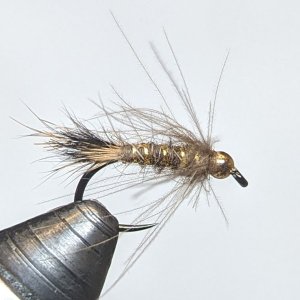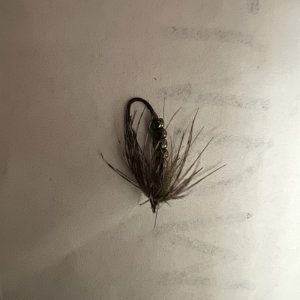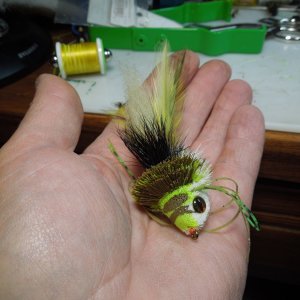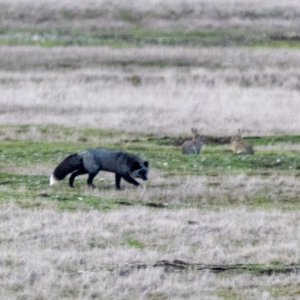Does using a sink tip work better than just having a mooching weight ahead of the fly? Perhaps it tracks different in the water and imparts action?
Just my opinion, but yes.
I believe the longer sinking line keeps the fly tracking under the water better in chop, and I believe adding weight somehow changes the presentation though I've yet to determine how.
As I've done more and more fly trips and consistently gotten bit better trolling flies vs the boats trolling gear all of our other captains have experimented a lot with ways to add flies into their troll spread with standard gear.
As such I've had side by side comparisons where our flies (same flies) were bit at a much higher rate fished with the sinking lines vs the other boats trolling flies on standard gear by adding weight in various ways. Adding weight can also add to some annoying complications when dealing with tangles and such, which is another small advantage to running some sort of sink tip.
The downside of running sink tips on gear rods, aside from the extra effort to get it all rigged up, is the cost. Especially chartering, the likelihood of an inexperienced angler not following their fish and cutting off a sink tip is fairly high. On a sport boat with a few experienced anglers this wouldn't be such an issue. Funny enough this could potentially be offset some by tying flies. Its silly to suggest tying flies can really save someone money, but when compared to the cost of buying 10-20$ or more trolling lures, home tied flies are pretty damn cheap.

